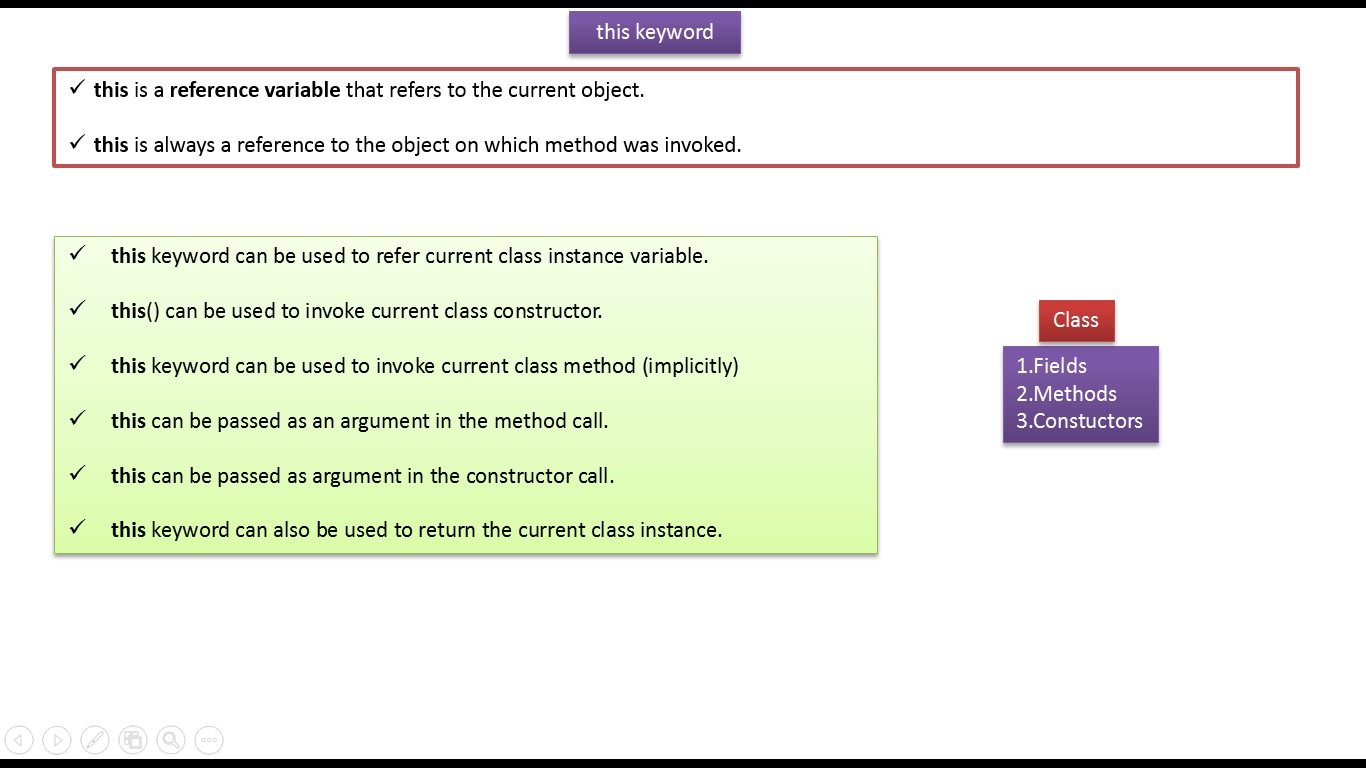
The Ultimate Guide to Raising Koi Pond pH: Tips, Tricks, and Expert Advice
Introduction
Koi fish are a stunning addition to any pond. Their bright colors and gentle nature make them a favorite among pond owners. However, keeping koi fish happy and healthy requires proper care and attention. One of the essential elements of koi pond care is maintaining the right pH level. A stable pH level ensures that your koi fish stay healthy and thrive in their aquatic environment.
If you’re experiencing problems with koi pond pH levels, don’t worry! This guide has got you covered. In this article, we’ll cover everything you need to know about how to raise koi pond pH levels. You’ll learn why pH is essential, how to test your pond’s pH levels, and how to increase your pond’s pH levels naturally. Read on for the ultimate guide to raising koi pond pH levels!
Why Is pH so Important for Koi Pond Health?
pH is a measure of the acidity or alkalinity of a liquid, in this case, water. The pH scale ranges from 0 to 14, with 0 being the most acidic and 14 being the most alkaline. Ideally, koi fish thrive within a pH range of 7.0 to 8.5. Anything outside of this range can harm your fish’s health and well-being.
When pH levels are too low, the water becomes acidic, leading to high levels of ammonia and nitrite in the water. High ammonia and nitrite levels can cause fish to develop gill damage, burns, or even death. On the other hand, high pH levels can cause calcium deposits on koi’s skin, gills, and eyes, leading to health problems such as gill and fin rot.
How to Test Your Koi Pond pH Levels
Before raising your koi pond pH levels, you should test your pond’s pH levels to know precisely how much you need to increase them. It’s essential to check the pH levels and monitor them regularly to prevent any health issues with your fish.
You can test your koi pond pH levels using a pH testing kit or a pH meter. A pH testing kit contains test strips that change color depending on the pH levels of the water. A pH meter is more precise but more expensive. It measures the pH levels digitally.
How to Increase Koi Pond pH Levels
Once you’ve tested your koi pond’s pH levels, you may find that you need to raise them. There are several ways to increase pH levels in your pond. Here are some tried-and-true methods for raising koi pond pH levels naturally.
1. Add Limestone or Seashells to Your Koi Pond
A natural way to increase pH levels in your koi pond is to add limestone or seashells to the water. Limestone or seashells contain calcium carbonate that reacts with the water, raising its pH levels.

2. Use Baking Soda
Another natural way to raise pH levels in your koi pond is to use baking soda. Its pH is alkaline and helps to raise the pond’s pH levels slowly.
3. Add Crushed Coral
Crushed coral is another natural option to raise the pH levels in your koi pond. It is available at most pet stores and aquarium shops. You can add crushed coral inside the filter or sprinkle it over the pond’s bottom.
4. Use a pH increaser
Another option is to use a pH increaser chemical to increase your koi pond’s pH levels. However, make sure to read the instructions carefully to avoid overdosing.

Conclusion
Raising koi pond pH levels doesn’t have to be complicated. Knowing the importance of pH levels, checking them regularly, and taking corrective measures can help prevent health issues with your koi fish. By following the methods outlined in this article, you can increase your pond’s pH levels naturally and keep your koi fish healthy and thriving.